Of course, the need to revise has nothing to do with a draft being “wrong.” Books are iterative because they’re complex and layered. We may not even understand all the themes and subplots when we first set out on the journey of getting the story down. Terry Pratchett said, “The first draft is just you telling yourself the story.” Once we’ve told ourselves the story, we can begin to identify where we left gaps, overexplained, repeated ourselves, or created a less-than-compelling character. It’s in the editing that books shine.
Because editing feels difficult for me, I’ve gathered a few tools that make it feel less daunting. Without further ado: here are three revision tips for the reluctant revisor.
Part of what makes revision psychologically difficult for me is that when I’m going through a manuscript, I tend to start skimming or making excuses for myself as I read. I’ll come upon a passage I know needs trimming and I’ll start to tell myself, “Yes, but remember how hard I worked to find that perfect adjective? All that thesaurus work?” Never mind that the whole passage probably needs to go, or is being made obsolete by the removal of a side character. I’ll start to spin about ways I can maybe keep it.
But seeing the book in a fresh font can break this logjam for me. If you’re feeling really motivated, you can upload your document to a website like Draft2Digital, which formats manuscripts into book format. Stop just before hitting “publish,” and download the PDF. I’ve gone so far as to send this PDF to a Fedex or Staples to have it perfect-bound. But even just a simple print-out will give you the ability to look at your book with fresh eyes.
This is not a top-line revision strategy – you want to have a pretty solid story before delving down to this level of detail. But when you’re ready, this can be an excellent tool to make every page shine.
When I’m stuck on a thorny question, or even early on in the process when I’m really just trying to understand this new character who has monopolized my attention, I sometimes take to paper to “chat” with them. I write questions as me. Then I try to absorb them as the character might. Then, I begin to answer in their voice. The questions can be broad, like, “What would be the worst thing that could happen to you?” or “Why do you want [insert character goal]?” But they can be specific, too, like “Do you like pickles?” and “If you could only wear one color forever, what would it be?” Unexpected ideas can come from this stream-of-consciousness “conversation,” so I invite you to give it a try.
I often say, during my book events, that furniture makers don’t get furniture maker’s block. They don’t look at a table that wobbles and think, “I’m a failure as a furniture maker. What even made me think that I could make furniture?” They find what’s making the table wobble, and they fix it. Writers could use a bit more of that thinking, especially this writer.
These tips apply to other kinds of tasks, too. Looking at other projects from different lenses, and engaging in Q&A with the problem can help you in work tasks, and other creative endeavors as well. For example, I’m a (very amateur) painter and I like to draw. Sometimes, I sit in a different part of the room (like on the floor in a corner) and look at my drawing from there. Stepping back and viewing from another angle can help you see your work differently.
Making things is hard. No question about it. Chunking it down and approaching things differently can help you see things in a new light.
Happy creating!
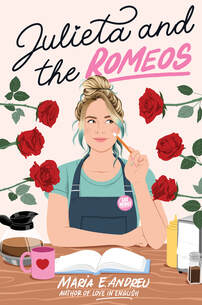
You’ve Got Mail meets a YA Beach Read with a bookish mystery at its heart. Julieta isn’t looking for her Romeo—but she is writing about love. When her summer writing teacher encourages the class to publish their work online, the last thing she’s expecting is to get a notification that her rom-com has a mysterious new contributor, Happily Ever Drafter. Julieta knows that happily ever afters aren’t real. (Case in point: her parents’ imploding marriage.) But then again, could this be her very own meet-cute?
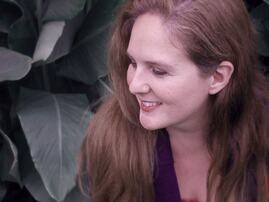
Maria E. Andreu is the author of Love in English, an Indie Next Pick, a YALSA Best Fiction for Young Adults book, and a Bank Street Best Book of the Year. Her debut novel, The Secret Side of Empty, was a National Indie Excellence Book Award winner. Both titles were Junior Library Guild Selections. She is a Red Dead aficionado, a cat herder, and a believer in (and a skeptic of) happy endings.
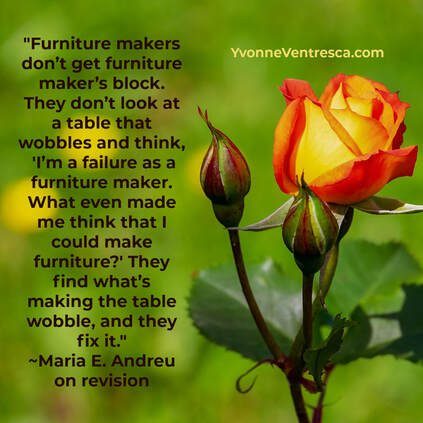
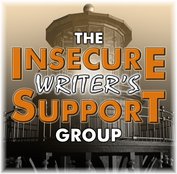

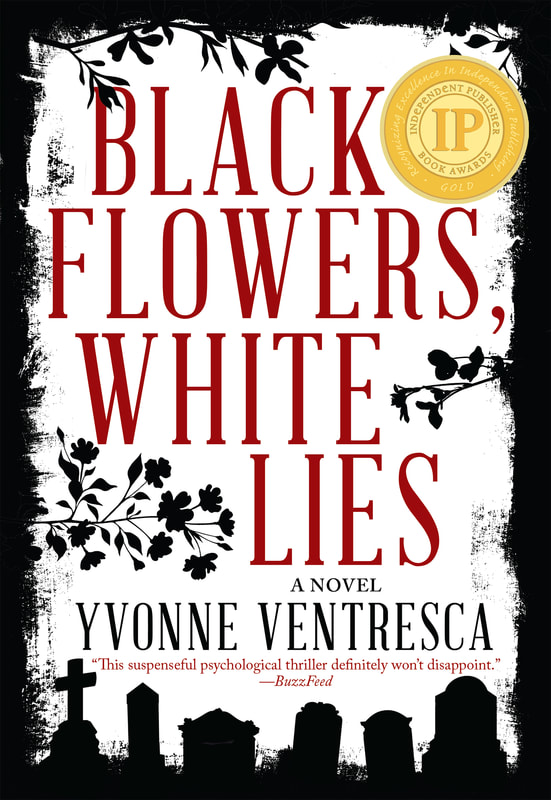
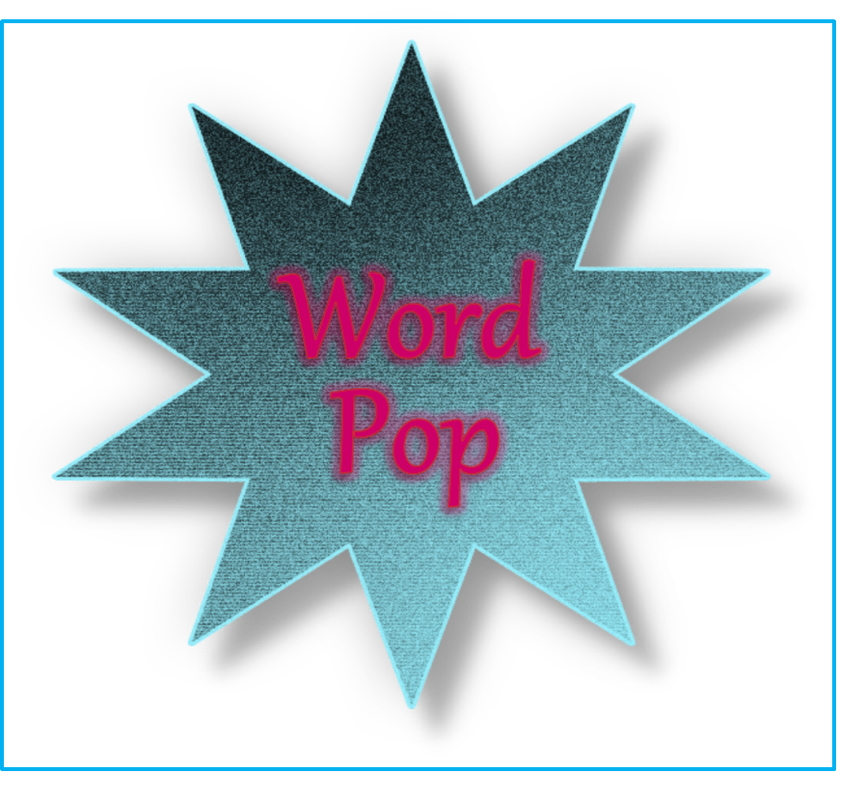
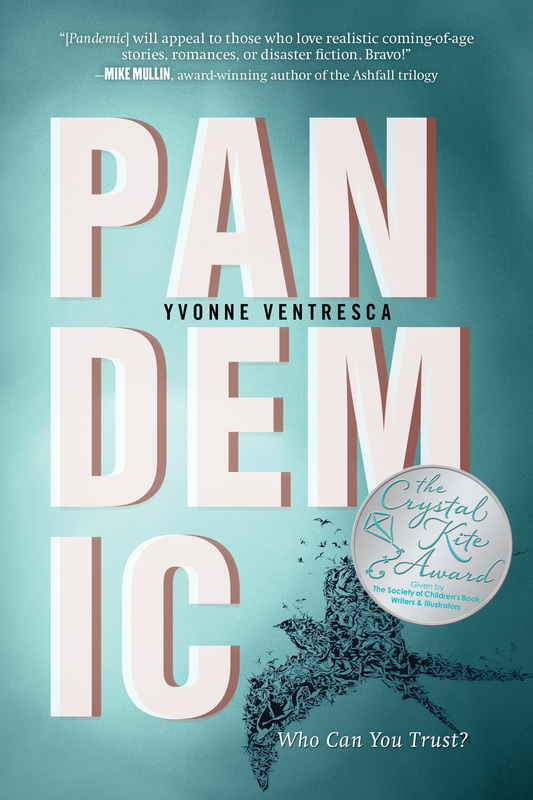
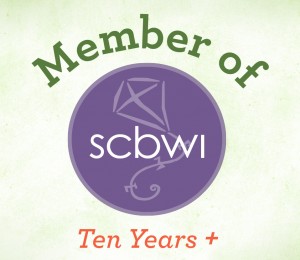

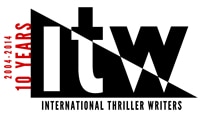
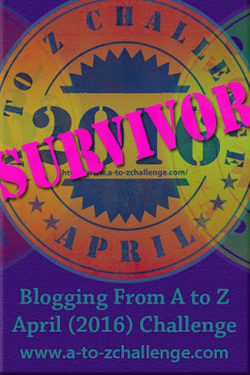
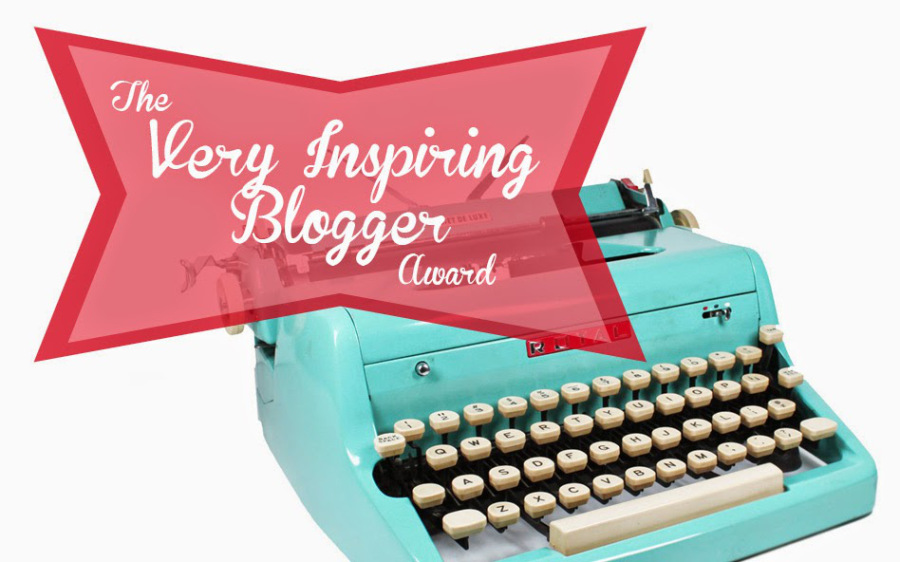
 RSS Feed
RSS Feed